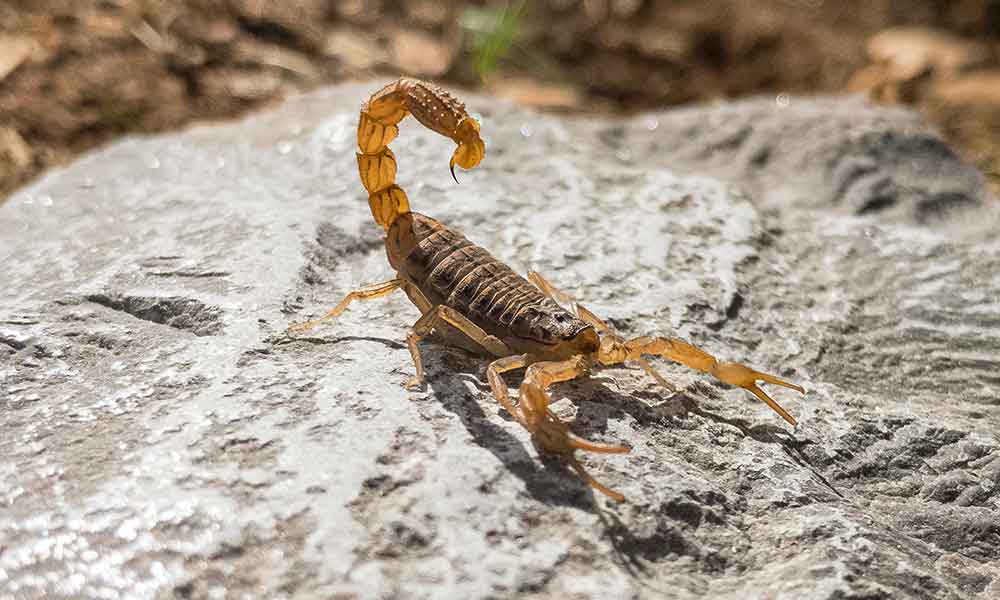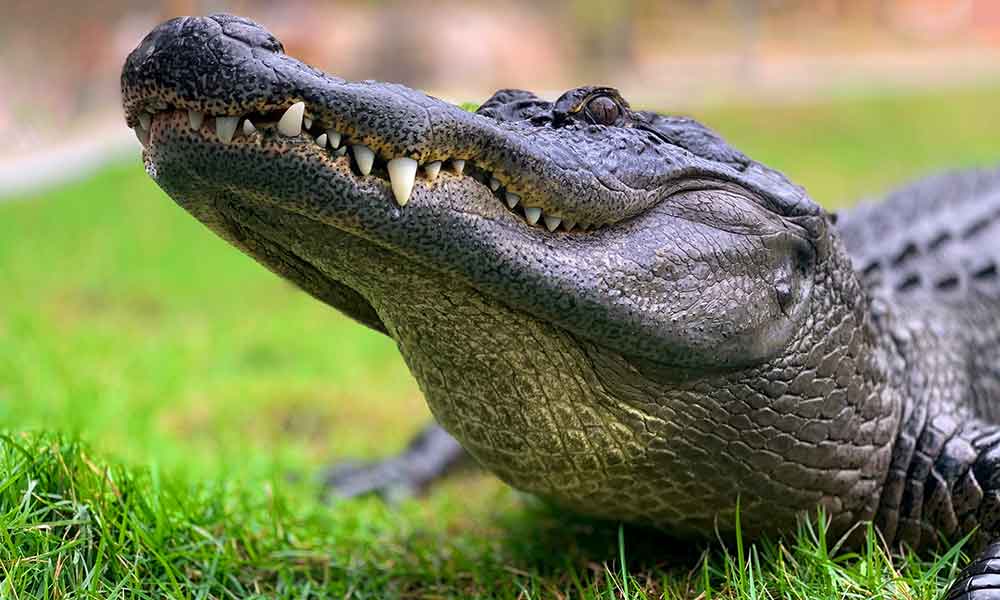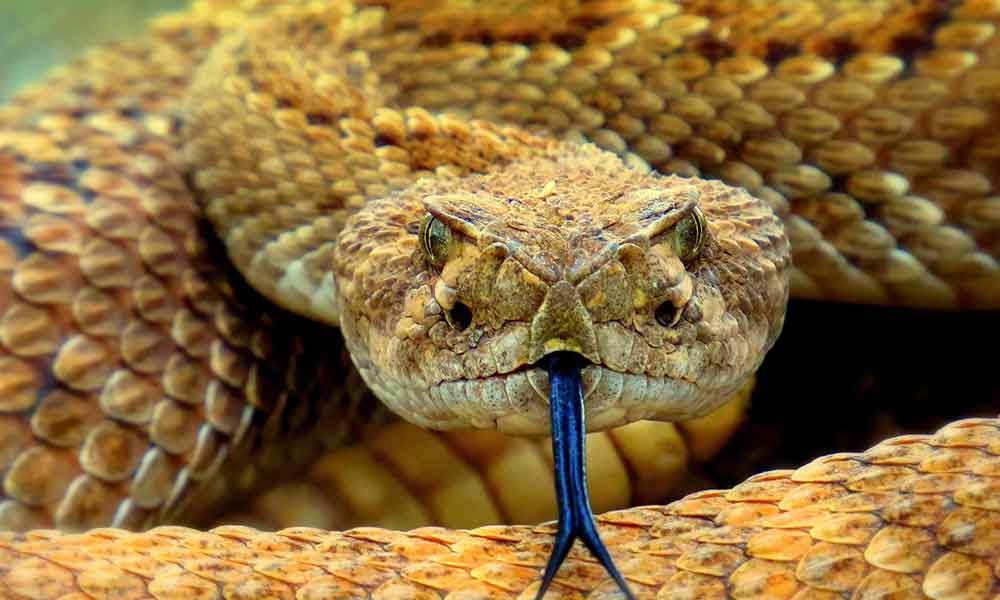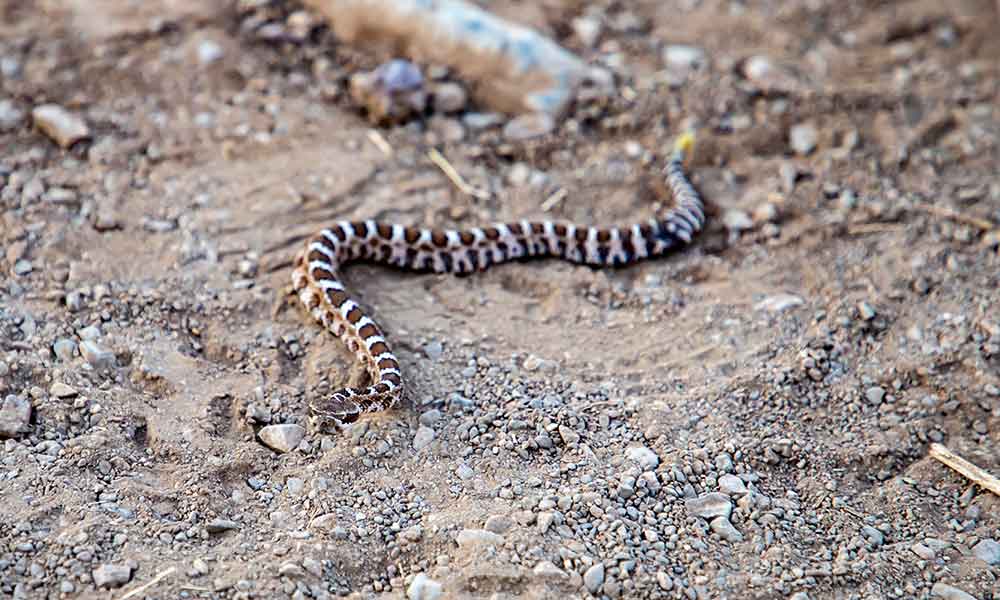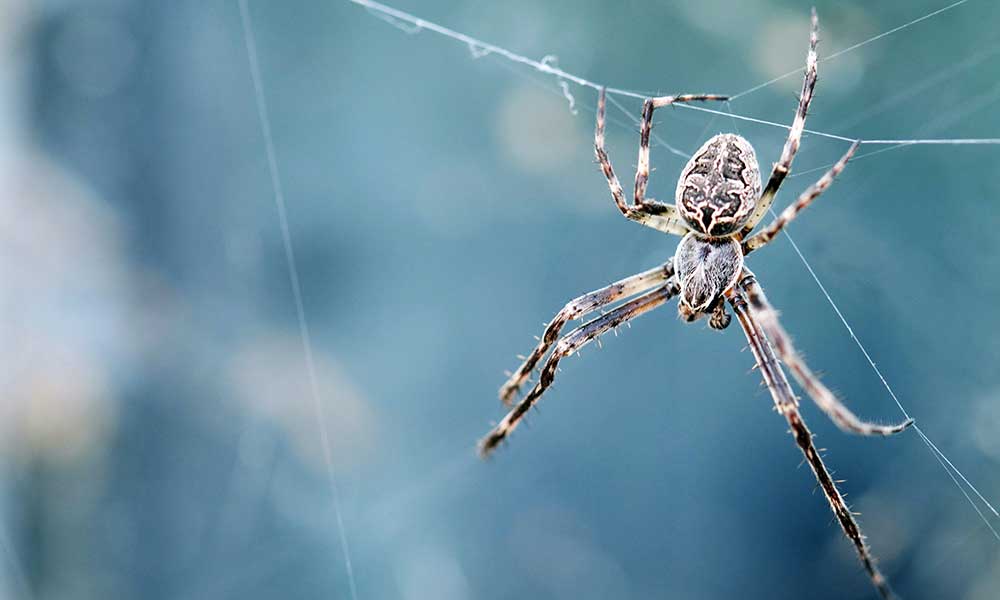You can catch glimpses of the Hawaiian green sea turtle while hiking, swimming, and snorkeling in the area. They are the only species of sea turtle that will venture onto the beaches to bask in the sunshine.
The Hawaiian green sea turtle (Chelonia mydas), known simply as “honu”, is one of the most common & majestic sights in the waters of Hawaii. These beautiful creatures have olive-colored skin. The “green” referenced in their name comes from the color of the fat found underneath the turtle’s shell.
If you’re an animal lover and you’re hoping to see some Hawaiian green sea turtles on your travels, consider booking a tour with one of the local tour companies.
Honu can live for up to 90 years and while they are endangered, their numbers are steadily increasing.
Types of Sea Turtles in Hawaii
There are seven types of sea turtles in the world and five of them can be found in the waters around the Hawaiian Islands:
Green Sea Turtle (Chelonia mydas)
The famed “honu” is also known as the green turtle, Pacific green turtle, or even the black sea turtle in other parts of the world.
The green sea turtle is the only species in the Chelonia order, which comes from the Greek world “χελώνα”, which actually means “tortoise”. These turtles grow to average lengths of 5 feet and can weigh anywhere from 150 to 420 pounds.
Hawksbill Sea Turtle (Eretmochelys imbricata)
The hawksbill sea turtle is a critically endangered species of turtle in the Eretmochelys genus, which comes from the Greek words meaning “oar” and “turtle”.
They grow to lengths of up to 3 feet and can weigh as much as 180 pounds, although the largest one on record weighed 180 lbs. The hawksbill sea turtle can be found in tropical reefs all over the world, including the Atlantic, Indian, and Pacific Oceans.
Leatherback Sea Turtle (Dermochelys coriacea)
The leatherback sea turtle or Dermochelys coriacea (roughly translates as “the turtle with leather skin”) was first recorded and named in 1761, but it was given its current name in 1816. It is a threatened turtle species that exists all over the world, from Alaska to New Zealand.
The leatherback sea turtle has the largest flippers of all sea turtles, stretching to around 9 feet in length. In total, these turtles can weigh up to 1,500 lbs.
Loggerhead Sea Turtle (Caretta caretta)
The loggerhead is a threatened species of turtle with a shell that measures around 35 inches in length and a body that can weigh up to 300 lbs. It lives in parts of the Indian, Atlantic, and Pacific Oceans.
Olive Ridley Sea Turtle (Lepidochelys olivacea)
Also known as a Pacific Ridley sea turtle, this is the most abundant species of sea turtle and it’s also one of the smallest, with a shell that is about 2 feet in length and an average weight of just 100 lbs.
Common Questions About Hawaiian Green Sea Turtles
Ready to learn more about the green sea turtles that live near Hawaii’s many beaches? Take a look at these frequently asked questions.
How Do You Say Honu in Hawaiian?
“Honu” is pronounced “hoe-new”. To Hawaiians, these creatures are a symbol of spiritual energy and longevity. They are ancestral spirits that provide protection and guidance, making them an important part of Hawaiian culture.
What Do Honu Eat?
Adult honu are herbivores. They use their serrated teeth to rip and chew seagrass and algae. Juvenile honu, however, feed primarily on worms, crustaceans, and insects, as well as some of the same foods eaten by older turtles.
Are Honu Turtles Endangered?
The green sea turtle population is heading in the right direction, but they are still considered to be a threatened species under the US Endangered Species Act.
Sea levels are rising and pushing the beaches back, threatening nesting habitats in the process. We’ve also seen a sharp rise in the number of coastal construction projects and that’s why these beautiful animals are a protected species.
Most sea turtles around the world are in a similar predicament. Not only are they falling victim to climate change and marine pollution, but they are also being hunted for their eggs, meat, and even their shells.
Will They Bite?
Hawaiian honu turtles are very gentle by nature and while they can bite, they will typically leave humans alone. You should pay them the same respects, as well.
These beautiful animals need to go about their business of eating, mating, feeding, and nesting without any interruption. Human activity has caused a lot of harm to the honu, so keep that in mind the next time you’re tempted to venture closer than you should.
Can I Touch Green Sea Turtles in Hawaii?
As honu are protected, it is illegal to harass them and touch them. State officials say that such activity is still common, but it’s technically illegal, and it’s also best for the turtles if you keep your distance.
You have nothing to gain from touching a sea turtle, and yet you could scare a defenseless animal and anger the local government in the process, so what’s the point? Just stick to watching them from a distance.
Where Can You See Honu on the Hawaiian Islands?
Although getting too close to green sea turtles is discouraged, you can visit them in their natural habitat if you keep your distance.
One of the best places to see them is at Laniakea Beach on the North Shore of Oahu. You can also find them at Kauai or book one of the many snorkel tours that will take you to some of the popular feeding spots.
If snorkeling is not your thing and you want something a little more tourist-friendly, drop by Sea Life Park, instead. Sea Life Park positions itself as the state’s premier marine park and has a range of exhibits targeted toward visiting families.
Sea Life Park is located in Oahu, and in addition to seeing green sea turtles, you can also go swimming with dolphins.

